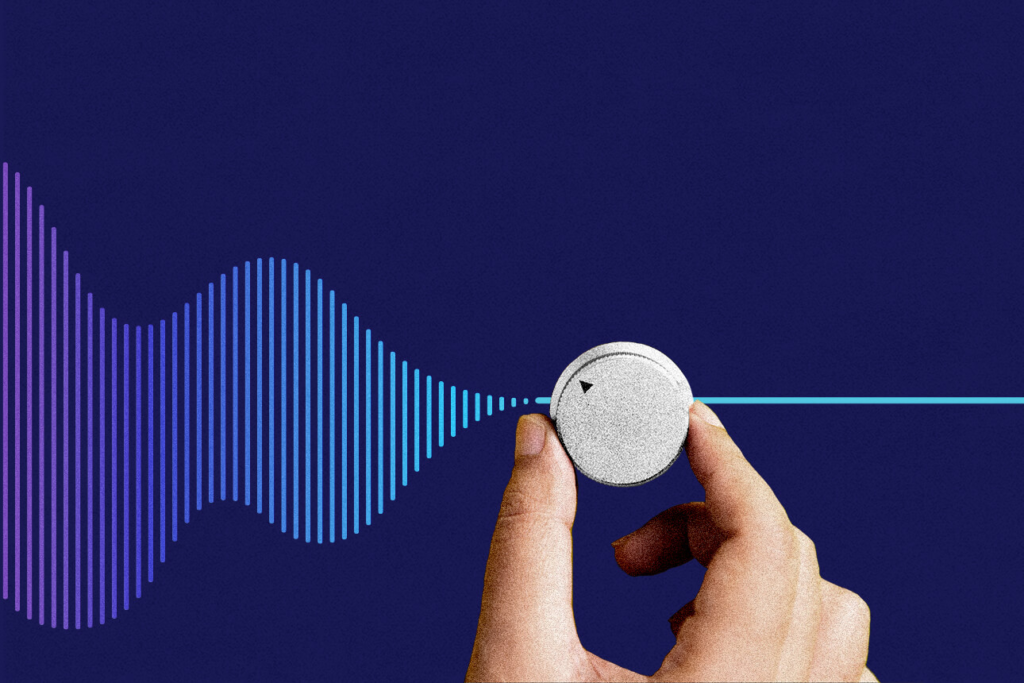Imagine typing a sentence and hearing it spoken in a lifelike voice—without a human ever saying a word. This isn’t science fiction; it’s the reality of text-to-audio AI, a technology rapidly transforming how we create and consume sound in the United States. From podcasts to audiobooks, virtual assistants to video narrations, text-to-audio AI is changing the game. But what exactly is this technology, how does it work, and why is it making waves across industries? Let’s dive into this exciting innovation and explore its impact on American life.

What Is Text-to-Audio AI?
Text-to-audio AI, also known as text-to-speech (TTS), is a technology that converts written text into spoken words using artificial intelligence. Unlike older, robotic-sounding voice systems, modern text-to-audio AI produces natural, human-like voices that can convey emotion, tone, and even accents. Powered by advanced machine learning and neural networks, this tech “learns” from vast amounts of audio data to mimic how people speak.
In the U.S., companies like Google, Amazon, and startups like ElevenLabs are leading the charge. These systems can read anything from a news article to a novel, making audio content more accessible and affordable than ever. Whether it’s a business creating voiceovers for ads or a teacher generating audio lessons for students, text-to-audio AI is becoming a go-to tool.

Why Is Text-to-Audio AI Gaining Popularity?
The rise of text-to-audio AI in America comes down to three big factors: accessibility, efficiency, and creativity.
Accessibility for All
One of the biggest wins for this technology is making audio content available to everyone. For the visually impaired, text-to-audio AI turns written content—like books, websites, or even text messages—into speech, opening up a world of information. In 2025, over 12 million Americans with visual impairments benefit from tools powered by this tech, according to estimates from the American Foundation for the Blind.
Beyond accessibility, it’s also helping non-native English speakers. AI-generated audio can read texts in clear, understandable voices, aiding language learners across the country. Schools and universities are adopting these tools to support diverse student populations, especially in states like California and Texas with large multilingual communities.
Saving Time and Money
Creating high-quality audio used to require expensive studios, professional voice actors, and hours of recording. Now, with text-to-audio AI, businesses can generate professional-grade voiceovers in minutes. For example, a small business in New York can type a script, choose a voice, and have a polished ad narration ready for under $50—compared to thousands for a human voice actor.
Podcasters are jumping on board, too. In the U.S., the podcast industry is booming, with over 2 million active podcasts in 2025, per Podcast Insights. Text-to-audio AI lets creators produce intros, ads, or even entire episodes without recording a single word, cutting production time in half.

Unleashing Creativity
From filmmakers to game developers, text-to-audio AI is sparking creativity. Independent creators in cities like Los Angeles and Austin are using it to add voiceovers to short films, video games, or animations without breaking the bank. The tech allows users to customize voices—think a gritty cowboy for a Western game or a warm, friendly tone for a children’s audiobook.
This flexibility is also a hit with marketers. Brands are using AI to craft personalized audio ads that speak directly to customers, boosting engagement. For instance, a car dealership in Chicago might use a local accent to make ads feel more relatable, all generated in seconds.
Real-World Uses in the U.S.
Text-to-audio AI is popping up everywhere in American life. Here are some of the most exciting ways it’s being used:
- Education: Schools are using AI to create audio versions of textbooks, helping students who struggle with reading. In rural areas, where access to teachers is limited, AI-generated lessons are filling gaps.
- Entertainment: Audiobook platforms like Audible are integrating AI to produce books faster. In 2024, nearly 20% of new audiobooks in the U.S. used AI voices, according to industry reports.
- Business: Customer service lines are getting a makeover with AI voices that sound warm and professional, reducing wait times and costs for companies like AT&T or Verizon.
- Healthcare: Hospitals are using AI to read patient instructions or medical forms aloud, helping elderly or visually impaired patients understand their care plans.
Challenges and Concerns
While text-to-audio AI is a game-changer, it’s not without challenges. One big concern is the potential for misuse. Deepfake audio, where AI mimics someone’s voice to spread false information, is a growing issue. In 2024, a fake audio clip of a U.S. politician went viral, raising alarms about misinformation, especially ahead of elections. Tech companies are now investing in detection tools to spot AI-generated audio and prevent fraud.
Another worry is the impact on jobs. Voice actors, especially in industries like advertising and audiobooks, fear AI could replace them. While some argue it democratizes content creation, others say it risks undervaluing human talent. In Hollywood, unions like SAG-AFTRA are pushing for regulations to protect voice actors’ rights.
There’s also the question of authenticity. Can an AI voice truly capture the emotion of a human performance? Listeners might notice subtle differences, especially in storytelling or music, where human nuance shines. Still, as AI improves, the gap is narrowing fast.
The Future of Text-to-Audio AI in America
What’s next for this technology? Experts predict text-to-audio AI will only get smarter and more widespread. By 2030, it’s estimated that 50% of all audio content in the U.S.—from podcasts to video narrations—will involve AI, according to tech analysts. Here’s what we might see:
- Hyper-Personalized Audio: Imagine AI voices tailored to your preferences, like a virtual assistant that sounds like your favorite celebrity. Companies are already experimenting with this.
- Multilingual Magic: AI could make content instantly available in multiple languages, breaking down barriers for global audiences. This is huge for U.S. businesses looking to expand internationally.
- Emotionally Intelligent Voices: Future AI might detect the mood of a text and adjust its tone—like sounding excited for a sports ad or soothing for a meditation app.
Why It Matters to You
Text-to-audio AI isn’t just a tech trend—it’s changing how we connect, learn, and create. For the average American, it means easier access to information, more affordable content, and new ways to express creativity. Whether you’re a student listening to an AI-read textbook, a small business owner crafting a quick ad, or just someone enjoying a podcast, this technology is making life more convenient and inclusive.
But it’s also a reminder to stay vigilant. As AI voices become harder to distinguish from human ones, we’ll need to sharpen our critical thinking to spot fakes. Supporting ethical use of this tech—through regulations and transparency—will be key to ensuring it benefits everyone.
Join the Conversation
Text-to-audio AI is reshaping America’s soundscape, and its potential is just beginning. Have you used an AI voice tool yet? Maybe you’ve heard a podcast or audiobook that sounded too good to be human. Share your thoughts—what excites you about this tech, and what worries you? As this revolution grows, one thing’s clear: the way we hear the world is changing, one word at a time.
Best For you :- Unveiling the Romantasy Boom: Why This Genre Is Taking Over the USA






